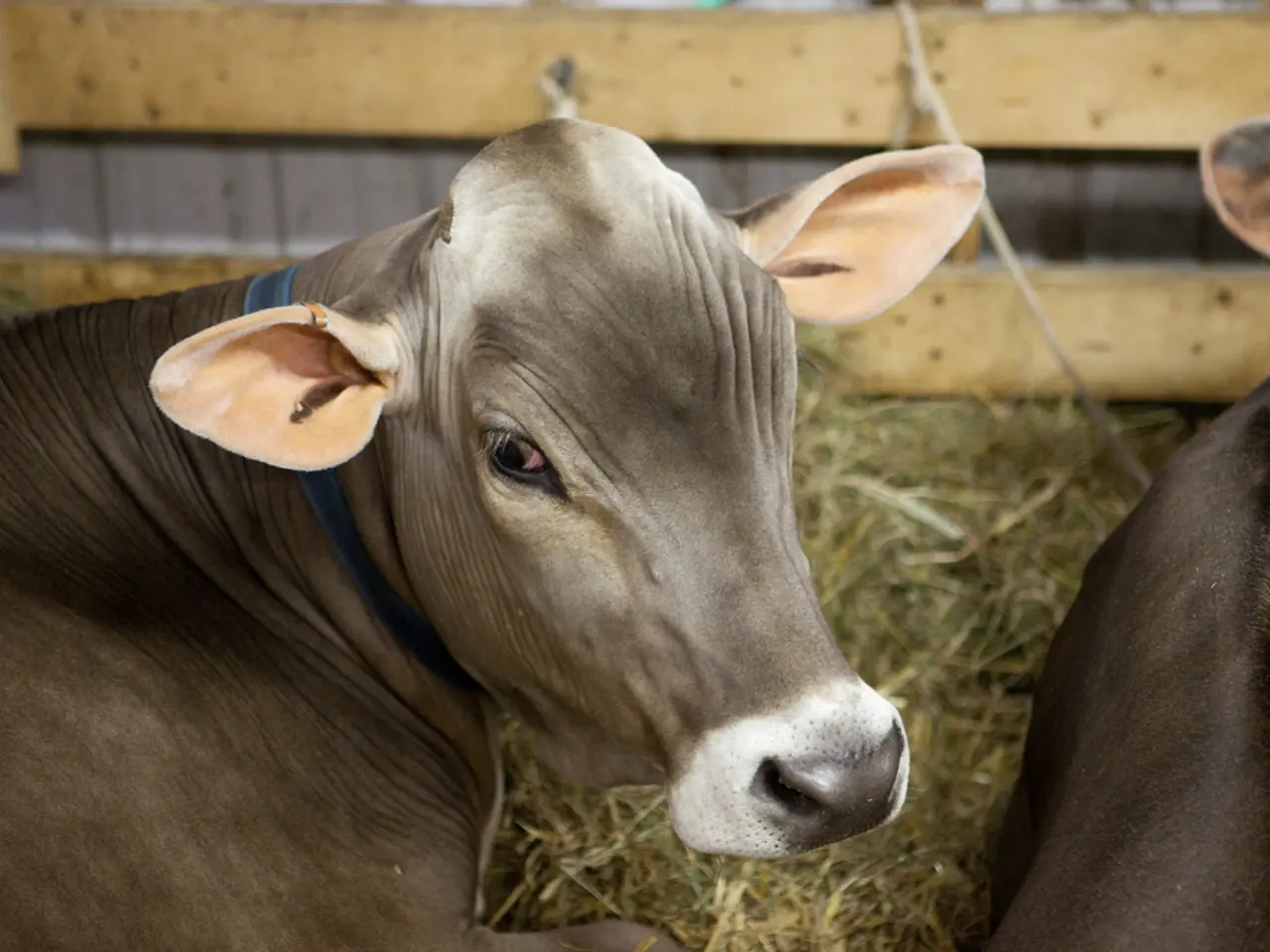Crafting a Cattle Panel Trellis: A Detailed, Do-It-Yourself Guide for an Effortless Archway Construction
Building a Multi-Panel Cattle Panel Trellis for a Vertical Garden
A multi-panel cattle panel trellis is an effective and affordable solution for creating a vertical garden. This DIY project is straightforward, requiring only a few hours of your time and easily obtainable materials.
Materials Needed
- Cattle panels (typically 16-foot long, heavy gauge wire panels)
- T-posts or sturdy posts (metal or wood)
- Fence or wire ties
- Zip ties
- Post driver
- Hammer
- Tape measure
- Permanent marker
Step 1: Gather Materials
Collect the necessary materials, including cattle panels, T-posts, fence or wire ties, zip ties, post driver, hammer, tape measure, and permanent marker. You can find these items at your local farm supply store.
Step 2: Plan Your Layout
Decide on the length and shape of your trellis. Connect multiple panels side by side for wider support. Leave about 8 feet between posts if each panel is 16 feet long, or adjust based on your panel size.
Step 3: Install the Supports
Drive T-posts or wooden posts firmly into the ground at intervals matching your panel lengths. For multi-panel setups, place posts at each end and also between panels to ensure stability.
Step 4: Attach the Panels
Stand the cattle panels upright between the posts. Secure the panels to the posts using heavy-duty fence wire or zip ties at multiple points along the height to prevent movement. If needed, use bolt cutters to cut panels to fit or to create shapes like arches or A-frames.
Step 5: Create Multi-Panel Structures
Align panels side by side, securing them together where they meet with wire ties or clips for a continuous trellis. For arches or tunnels, bend panels and attach the ends to raised beds or posts as anchors. For A-frames, connect two panels at the top with wire or metal hinges, then secure the bottoms in the ground.
Step 6: Plant and Train Vegetables
Choose vertical veggies like tomatoes, cucumbers, pole beans, or squash. Use the trellis to support heavy fruit by tying plants as they grow. The wire grid allows easy attachment points and good air circulation.
This method creates a strong, durable vertical garden trellis that can withstand heavy crops and weather conditions. Multi-panel setups increase growing space and can be customized into arches, tunnels, or A-frame shapes.
In summary, build posts spaced for your panels, attach cattle panels securely, connect multiple panels with wire ties, and train your plants up the sturdy wire grid for an efficient vertical vegetable garden trellis. A helper is most likely needed for attaching the cattle panel due to its weight, and burying T-posts is the most difficult step.
The spacing for plants can be closer than usual since the vines will grow up and over rather than sprawl around on the ground. The cost to make a cattle panel trellis is around $50, and planting can be done after the cattle panel trellis is built, following a spacing guide for the desired plants.
You can make the trellis longer by purchasing an extra panel and two extra T-posts, or adjust the distance between the support posts to make it taller or shorter. The cattle panel should be set on the outside of two T-posts spaced 50 inches apart.
This multi-panel cattle panel trellis is an excellent solution for gardeners looking to maximise their growing space efficiently.
A multi-panel cattle panel trellis, ideal for home-and-garden enthusiasts, can be used to create a stunning vertical garden that aligns well with a modern lifestyle. With various plants such as tomatoes, cucumbers, pole beans, and squash, you can enhance your home-and-garden lifestyle while enjoying the benefits of a self-sustaining and visually appealing vertical garden.




